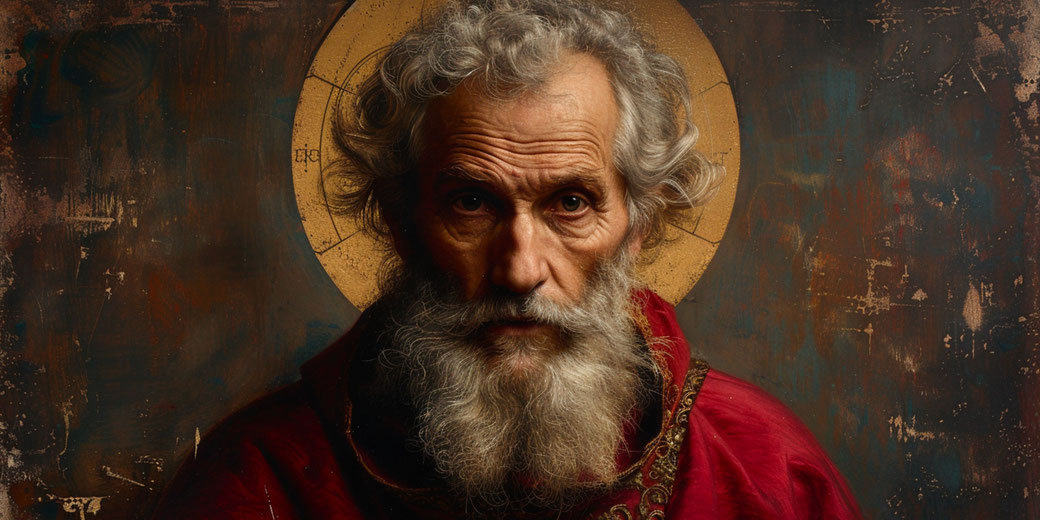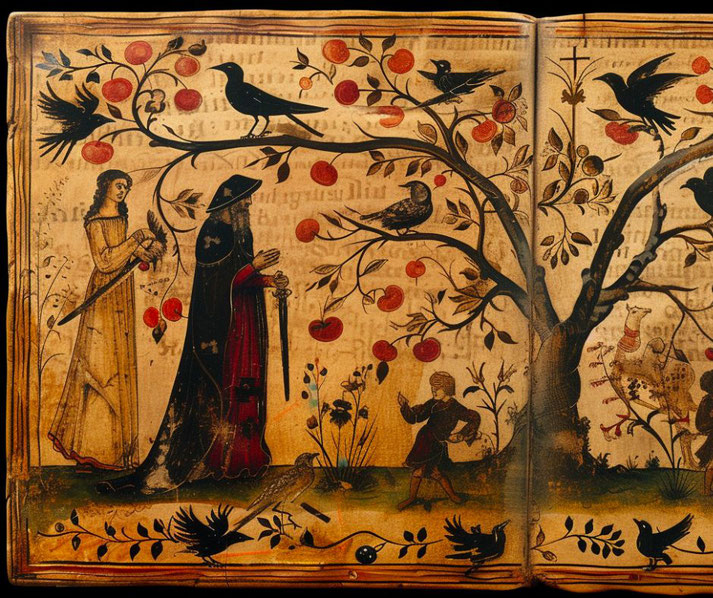What is the real history of St. Valentine and Valentine's Day?

St. Valentine, a name that is synonymous with love and romance across the globe, lived at a time when the Roman Empire was at its peak.
He is often best remembered for the act of marrying couples in secret defiance of the Roman Emperor's bans. However, the truth about St. Valentine is far more complex, woven from a mixture of historical fragments, religious tradition, and folklore.
This has led to various interpretations and stories about who he was, what he did, and why he became so integral to the celebration of romantic love.
The story and legends of St. Valentine
The late Roman Empire during the third century was a time of political instability, military turmoil, and widespread persecution of Christians.
This era, under the reign of Emperor Claudius II, who ruled from 268 to 270 AD, was typified by the emperor's belief that unmarried men made better soldiers than those with wives and families.
Consequently, Claudius outlawed marriages for young men, a decree that directly opposed the Christian doctrine that valued matrimony.
According to popular belief, Valentine was a priest who, moved by compassion and guided by his faith, chose to defy this decree.
He performed marriage ceremonies in secret, offering young lovers the sacrament of matrimony against the backdrop of a society that had temporarily outlawed this union.
Valentine's clandestine ceremonies were a bold statement of resistance against the emperor's orders.
However, once his actions were discovered, Valentine was arrested and subjected to the harsh realities of Roman justice.
According to legend, while in prison awaiting his execution, Valentine befriended his jailer, Asterius, whose daughter was blind.
Miracle stories tell of Valentine restoring the girl's sight.

The culmination of Valentine's story is his execution on February 14, around the year 269 AD.
Before his death, he is said to have penned a farewell note to the jailer's daughter, signing it "from your Valentine," a phrase that would become a hallmark of romantic expression.
What is the historical evidence of St. Valentine?
Documentation from the early centuries of the Christian era is sparse, and what exists concerning Valentine is often a blend of ecclesiastical tradition and later hagiographies.
The earliest records mentioning a figure named Valentine associated with February 14 come from the Roman Martyrology, an official list of saints recognized by the Catholic Church.
This text notes the existence of a martyr named Valentine who was executed on February 14 on the Via Flaminia in the outskirts of Rome.
Further complicating the historical picture is the existence of multiple saints named Valentine (or Valentinus, in Latin) who were martyred in different regions and under varying circumstances.
This has led scholars to speculate whether the Valentine of February 14th lore is a composite figure, merging stories and attributes from several individuals into one.
One such Valentine was a priest in Rome, another a bishop of Interamna (modern Terni), and yet another, a martyr in the Roman province of Africa.
The conflation of their stories may have contributed to the legends that surround the figure celebrated today.
Adding to the historical complexity, the practice of sending "valentines" or love messages on February 14th does not appear to have a direct link to the martyrdom of Valentine himself.
Instead, it may have emerged from the medieval European belief that birds began their mating season on this date.
The connection between St. Valentine and the customs of courtly love appears to be an amalgamation of the saint's association with a day that symbolized the awakening of nature and romantic love.

The history of Valentine's Day
The association of Valentine's Day with love and romance can be traced back to the 14th century, particularly through the works of Geoffrey Chaucer.
Chaucer, in his poem "Parliament of Foules," for the first time linked the tradition of courtly love with the feast of St. Valentine, suggesting that birds chose their mates on this particular day.
This idea captured the imagination of the nobility, who began to celebrate February 14th as a day for expressing love and affection, primarily through the exchange of poems and simple gifts.
By the 17th and 18th centuries, the practice of exchanging hand-written love notes and small tokens on Valentine's Day had become widespread in England.
This tradition gradually evolved with the advent of the Industrial Revolution, which brought about the mass production of Valentine's Day cards.
The commercialization of the holiday escalated in the 19th century, particularly in the United States, where Esther A. Howland began selling the first mass-produced valentines in America.
These cards were elaborate creations, decorated with lace and ribbons, and featured affectionate verses.
The 20th century saw Valentine's Day grow into a significant commercial holiday, with the exchange of cards being supplemented by gifts such as chocolates, flowers, and jewelry.
The celebration transcended cultural and geographical boundaries, becoming popular in countries around the world, each adding its unique traditions to the day.
Today, Valentine's Day is celebrated in various ways, from romantic dinners and marriage proposals to classroom exchanges of valentines among schoolchildren.

What do you need help with?
Download ready-to-use digital learning resources
Copyright © History Skills 2014-2024.
Contact via email
With the exception of links to external sites, some historical sources and extracts from specific publications, all content on this website is copyrighted by History Skills. This content may not be copied, republished or redistributed without written permission from the website creator. Please use the Contact page to obtain relevant permission.





